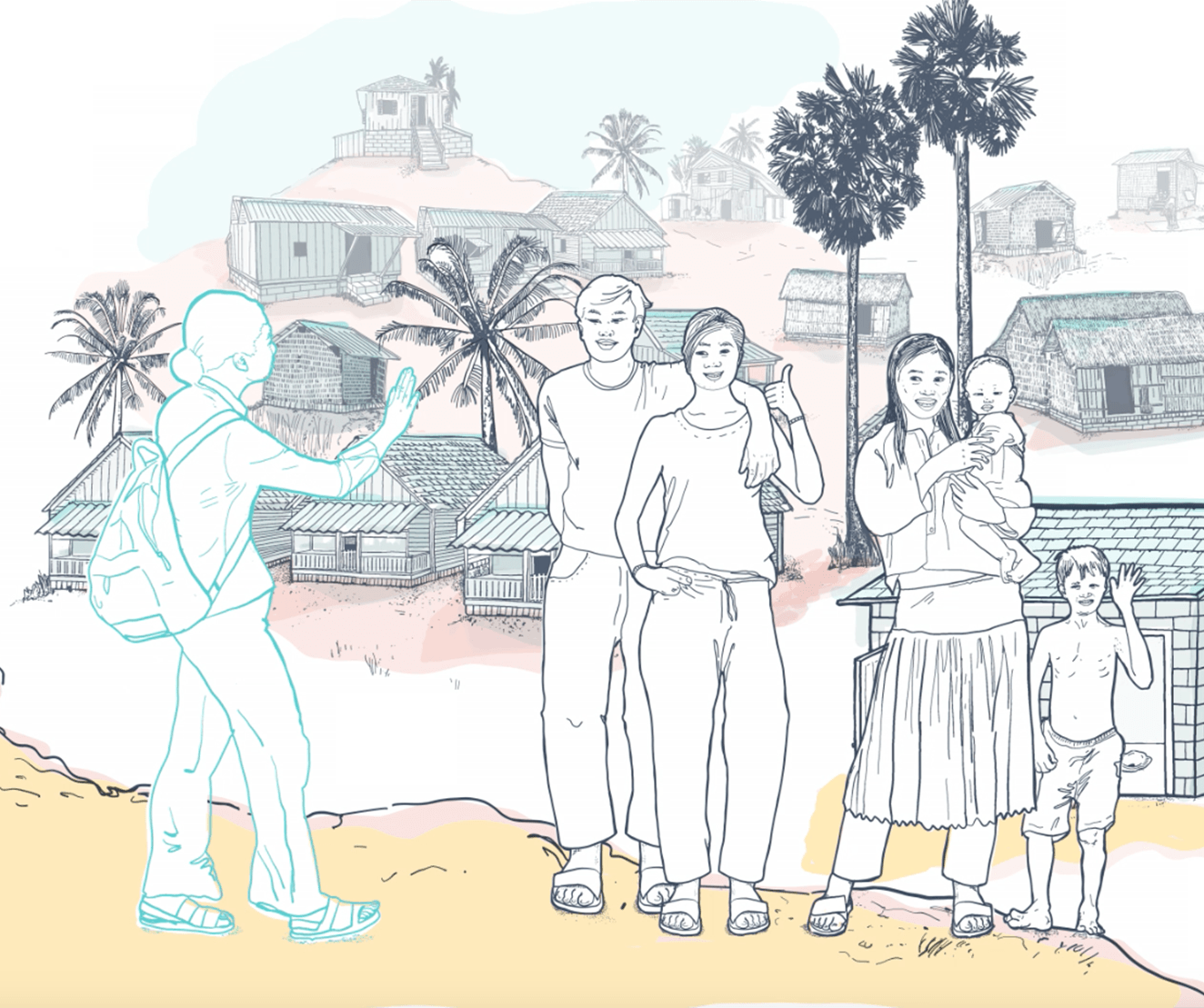In 2011 Nepal set a national target of becoming an ODF country by 2017 by implementing the Sanitation and Hygiene Master Plan.
This nation-wide Open Defecation Free (ODF) campaign had three milestones in terms of coverage of household toilets: 60 per cent by 2012/13, 80 per cent by 2014/15 and 100 per cent by 2016/17. Campaign activities included Community-Led Total Sanitation approaches and school-led total sanitation, ‘sector triggering’ (triggering of different development sector actors), WASH summits, conferences and learning events, sanitation activities in cultural occasions and festivals, community and school level rallies and processions, drama, songs, and dance.
In 2019 ODF was declared by toles, wards, school catchment areas, municipality/rural municipalities up to district level based on an established protocol. A joint meeting held on 25 September 2019 of the National Sanitation and Hygiene Steering Committee (NSHSC), the NSHCC, and stakeholders made the unanimous decision to make a country-wide declaration.
Success factors include:
- Nepal harnessed an established cross-sector institutional arrangement (national, sub-national, and district) for monitoring that included government administrative staff, NGOs, the media, and members of the water user and sanitation committee.
- Each district and VDC local level had their own ODF intervention plan, and their target and milestones were based on their sanitation statusand stakeholder capacity. Monitoring was carried out on usability, sustainability, and sanitation behaviours
This case study, and another from India, accompany the publication: ‘Monitoring sanitation campaigns: Targets, reporting and realism’









